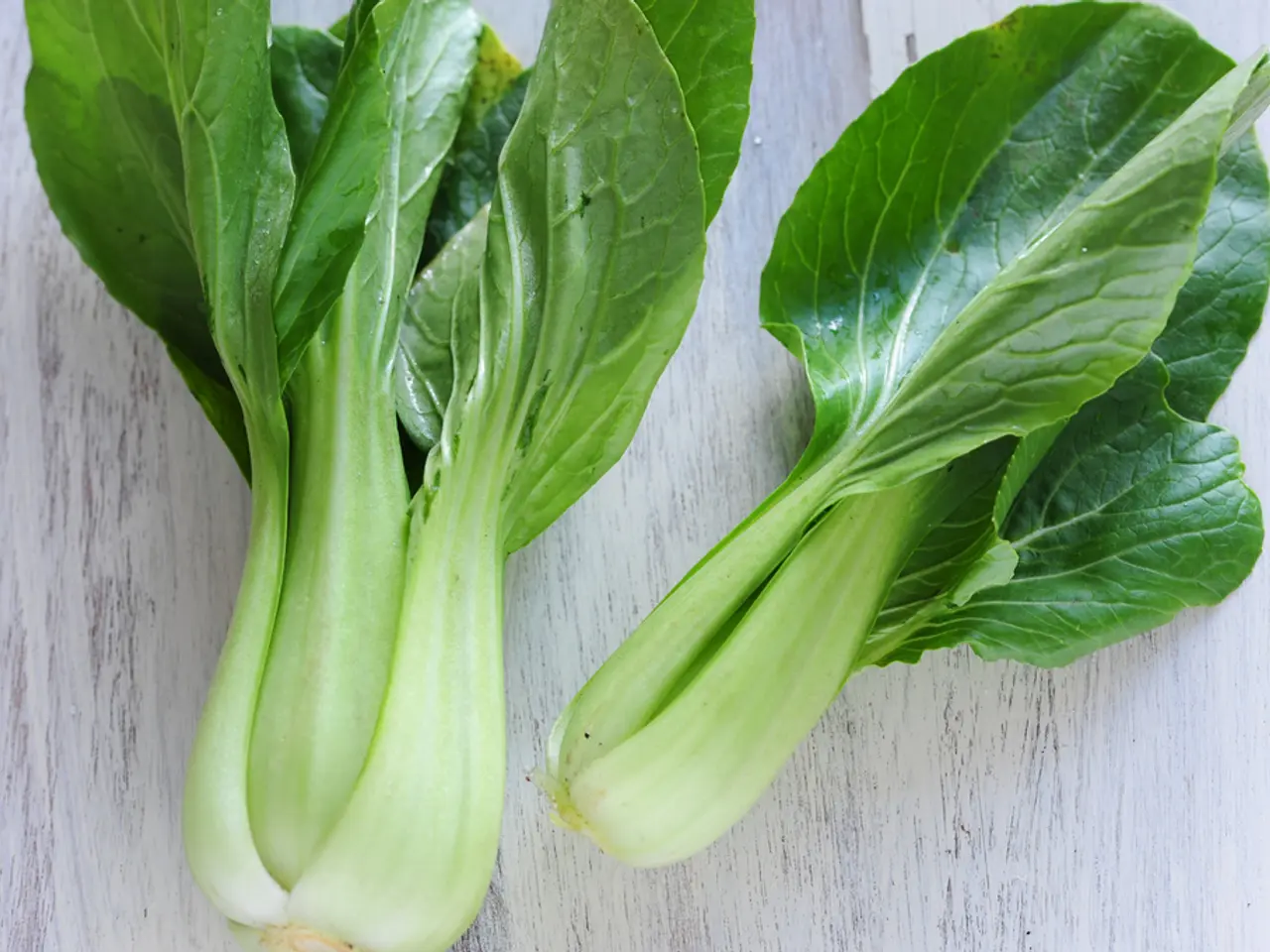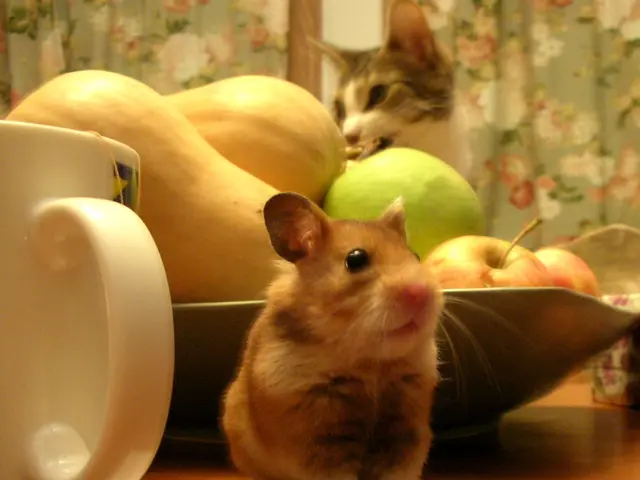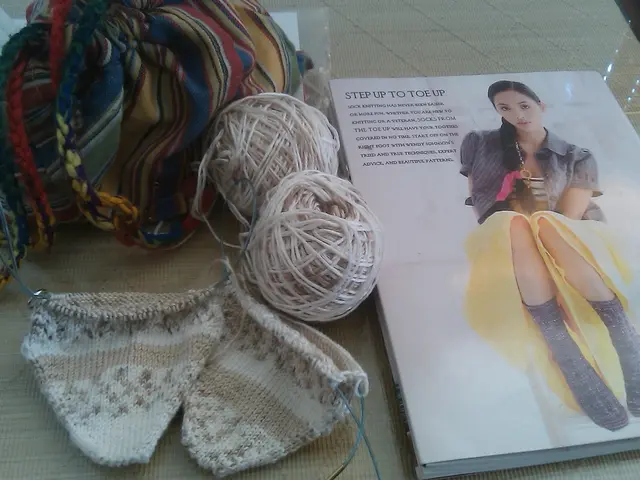Veggies and Herbs Thriving in July: Attractive Plant Options
**Gardening in July: A Guide to Mulching and Succession Planting**
As the warm, sunny days of July arrive, it's the perfect time for gardeners to make the most of the optimal growing conditions. Here, we provide a comprehensive guide to mulching practices and succession planting, ensuring a thriving garden throughout the summer and beyond.
**Mulching in July: Best Practices**
Mulching is crucial for maintaining garden health during the hottest part of the year. Proper mulching helps retain soil moisture, keeps roots cool, suppresses weeds, and improves soil quality over time. Here are the key best practices based on current expert recommendations:
1. **Timing**: Apply mulch in the early morning or late afternoon to maximize moisture retention and avoid trapping heat. 2. **Depth**: Use 2 to 3 inches of mulch—less than 2 inches is ineffective, while more can suffocate roots or attract pests. 3. **Distance from Stem**: Keep mulch a few inches away from plant stems and tree trunks to prevent rot and deter pests. 4. **Material**: Organic mulches such as wood chips, straw, shredded leaves, or compost are ideal, as they break down to enrich the soil. 5. **Refresh**: Refresh mulch as needed throughout the summer, especially if it has decomposed or been displaced. 6. **Layering**: Thin compost under wood chips for both insulation and nutrients. 7. **Combine with Shade**: Use tree canopies, shrubs, or temporary shade cloths to further cool the soil and stabilize the root zone temperature. 8. **Watering**: Maintain consistent watering—mulch is most effective when the soil beneath is moist, so ensure plants receive regular, deep watering.
**Additional Tips**
- Mulch only after the soil has warmed to avoid delaying plant growth, but by July, soil is typically warm enough for mulching. - Avoid piling mulch against plants to prevent stem rot and rodent damage. - Customize mulch choice to your garden’s needs—some plants may benefit from specific mulch types.
**Succession Planting in July**
Succession planting is an excellent option in July, as many spring-planted vegetables are already being harvested, freeing up space in the garden for new crops. Here are some suggestions for succession planting in July:
1. **Lettuce**: Plant lettuce in July for a fall harvest. Provide proper care, and it can still grow well in the summer heat. 2. **Spring Onions**: Sow spring onion seeds about a quarter-inch deep and half an inch apart in rows. They will be ready to harvest in the cooler months of fall. 3. **Parsley**: Plant parsley in July to ensure a continuous supply of fresh parsley well into the fall and even winter months. 4. **Cabbage**: Planting spring cabbage in July ensures a crop that matures in cooler weather, providing an early spring harvest. 5. **Peas and Beans**: Plant peas and beans to help enrich the soil by fixing nitrogen. Planting them in mid-summer allows for a second crop after earlier spring plants have been harvested.
**Growing Together: Herbs, Vegetables, and Companion Planting**
Many plants grow quickly and vigorously in the warm weather and long days of July. Some herbs and vegetables even thrive in the summer heat, producing more robust flavors and higher yields. Here are some planting combinations to consider:
1. **Coriander/Cilantro and Dill**: Both these herbs thrive in warm weather and can grow quickly in the summer heat. 2. **Fennel**: Fennel thrives in warm weather and can grow well in the heat of mid-summer, reaching up to 4 feet tall. 3. **Carrots and Radishes**: Carrots and radishes grow well together, with carrots taking longer to mature and radishes being ready to harvest in just 20-30 days. 4. **Collard Greens**: Collard greens thrive in warm weather and can grow well during the hot summer months, but they require at least 6 hours of direct sunlight each day.
By following these best practices, your garden will retain more moisture, experience cooler root zones, and be better equipped to handle the stresses of midsummer heat. Happy gardening!
1.Although the focus is on gardening, consider expanding your lifestyle pursuits by experimenting with food-and-drink related activities, such as picking up a new cooking technique or attending a wine and cheese tasting event in the comfort of your home-and-garden setting.
- Embrace the bounty of your garden in the kitchen by creating a delicious meal using fresh vegetables and herbs, and savor the entire dining experience—from cooking to dining—as a celebration of your garden's success, enjoying the food-and-drink inspired by your thriving garden lifestyle.




